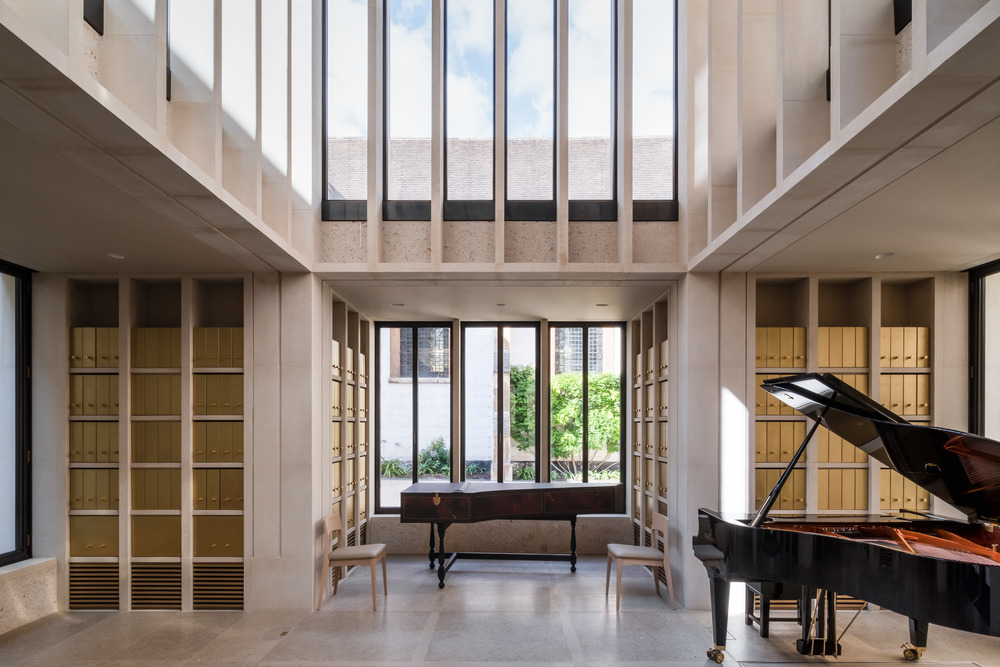To deliver a piece of music to the best of one’s ability, a musician should be comfortable, relaxed and supported. Much of this support relies on the ergonomic qualities of the chair on which they sit to perform. Of course, different musicians require varying and idiosyncratic arrangements of furniture to create the right environment for optimum performance, but primarily, musician chairs do much of the heavy lifting.
What is a musician’s chair?
Typical musician chairs serve as the foundation for a musical performance, standing solitarily on a spotlit stage for a dignified recital or arranged in an orchestral pit for a symphonic riot of sound.
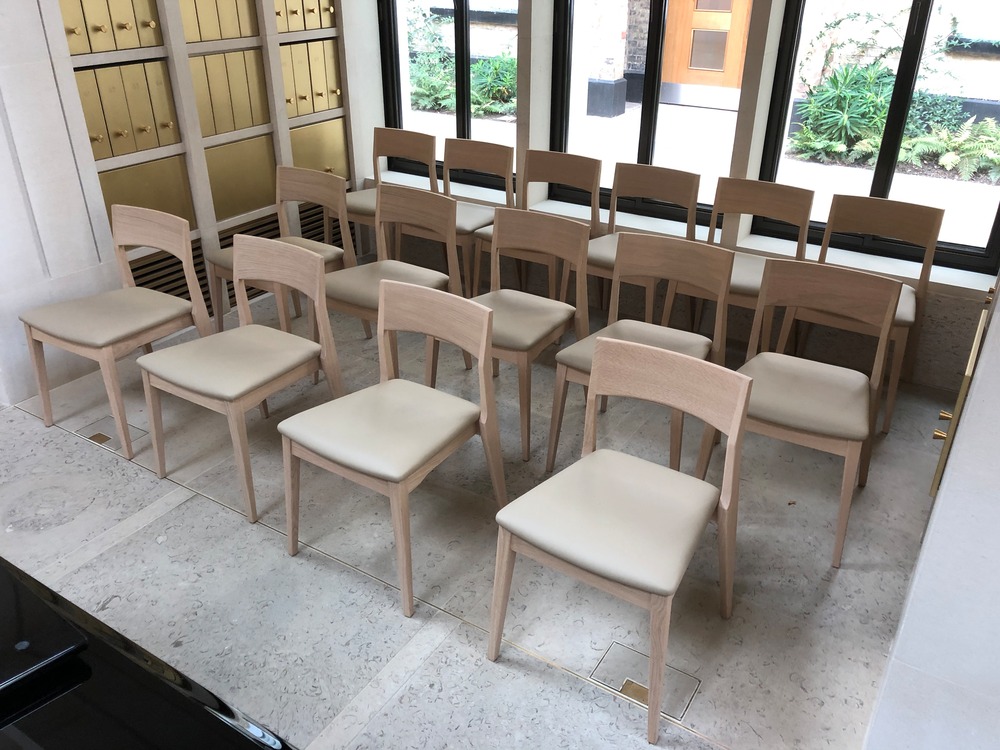
The design of a musician's chair needs to strike a balance between function and beauty in much the same way as the instrument played by the sitter. Like the violin, the cello or the flute, musician chairs must serve a very definite purpose. The thrilling, shrill note produced by an enduring bow stroke by a skilled violinist or the resonant, pulse-like woodwind vibrato of the flautist share a quality of function with a beautifully designed musician’s chair. Each functional element of the furniture and the instrument is instrumental, if you will, in the delivery of the note, the allegro, the adagio or the interlude. A musician’s chair with back support and a sensible seat height offers the musician comfort, fine-tuning their performance on the principles of great design.
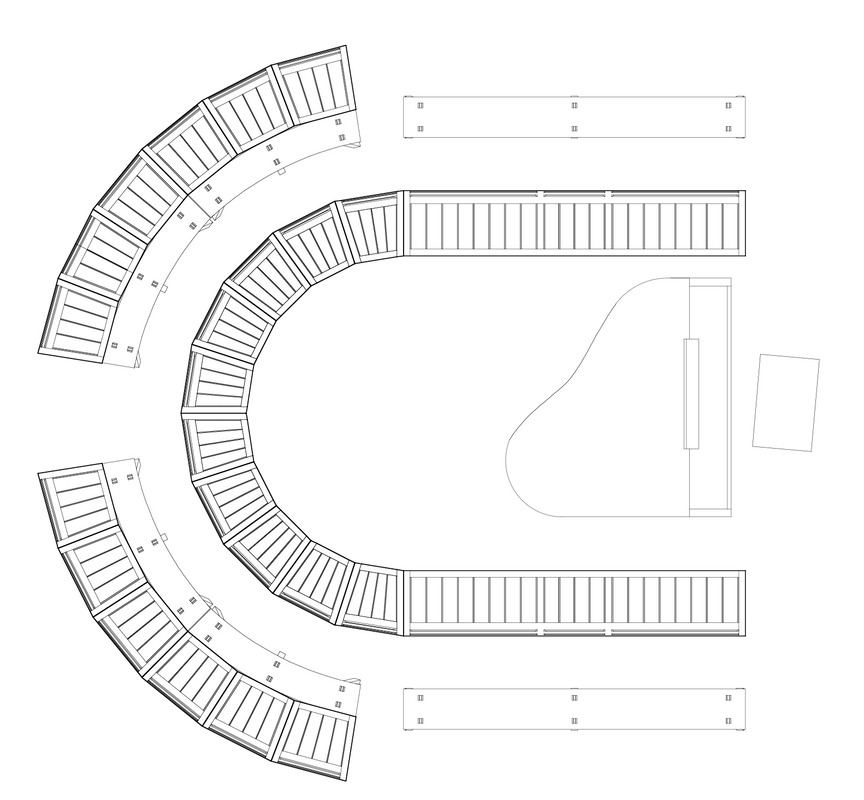
|
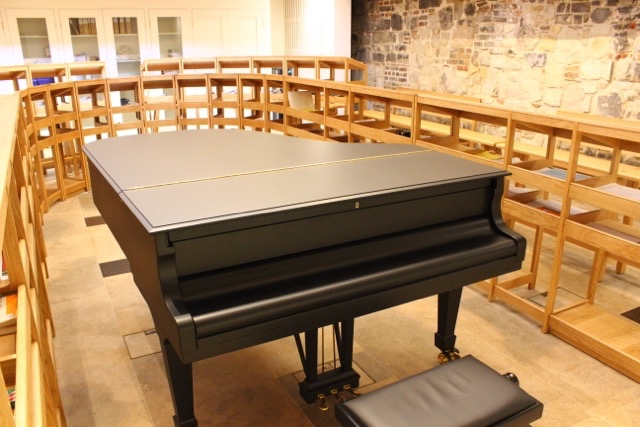
|
Where beauty is concerned, instruments and musician chairs alike share a destiny of fundamental visibility. This requirement of beauty for the accoutrements of musical performance is forged by the conception of performance itself. The refinement, elegance and aesthetic appeal of the warm wood of a cello’s undulating body or the gentle curve of a chair’s stile has to do with the fact that, paired with the music, it is to be enjoyed by a captivated audience.
However, as with each of our projects, we are sensitive to the supporting role that furniture plays in its contexts. In the impressive contemporary buildings and the awe-inspiring churches, chapels, synagogues and cathedrals for which we have designed and installed furniture, we are conscious of the way each chair, table or candlestick interacts with the architecture, never overwhelming the space and never detracting from the beauty of the architectural surroundings. Musician chairs are generally found in particularly beautiful buildings, so this sense of architectural discourse still stands, but we also believe in their necessary understatement of the furniture in opposition to the expression, emotion and drama of the music.
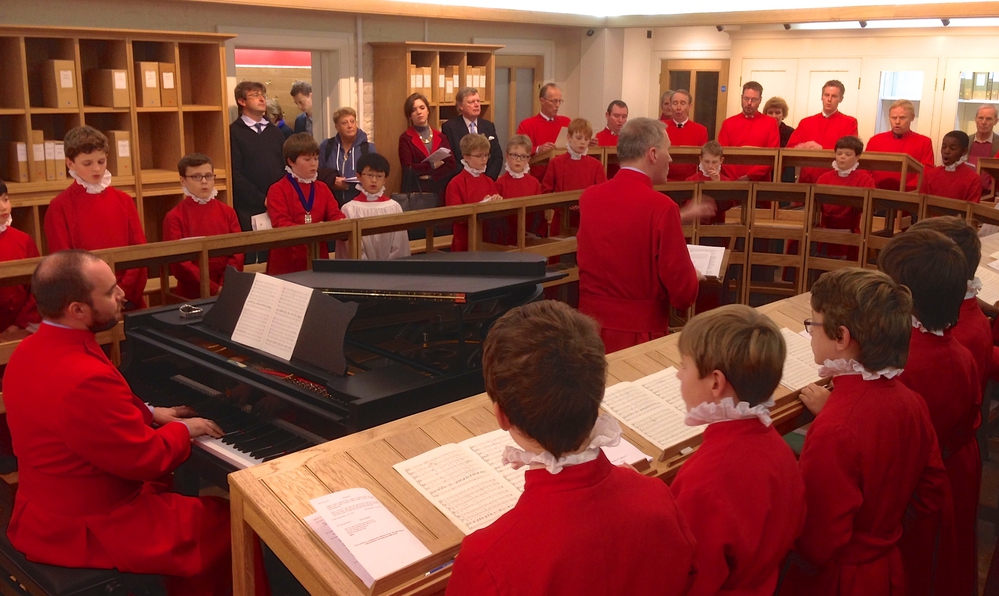
What qualities should musician chairs possess?
The function of a musician’s chair does not stop at the support of the musician for the duration of a performance. Instead, musician chairs need to be portable and storable, too. Many venues in which musical performances take place are often multifarious in their uses, so chairs (along with tables and any other furniture) need to be rearranged or put away to make space for other configurations.
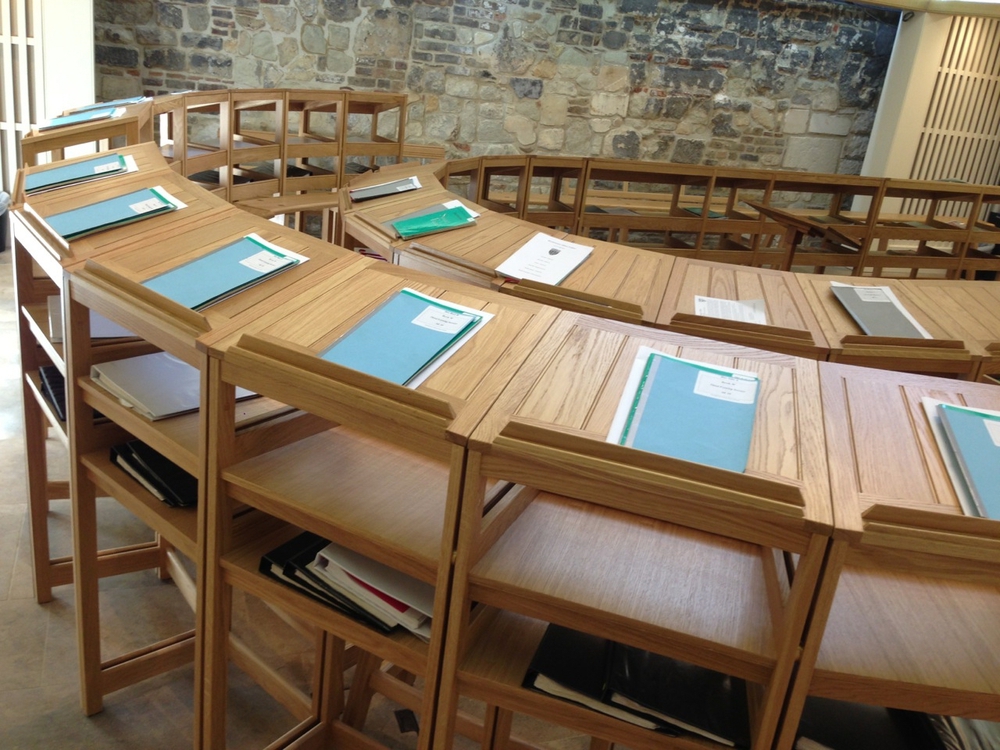
Folding furniture, broadly speaking, can be stored away to increase access to floors pace in smaller venues. This can be achieved with dignity and integrity with bespoke racks and trolleys that hold the packed-down furniture. Stackable musician chairs also help to create space in music venues, college halls, churches and lecture rooms alike. A great example of a stacking chair is the Acadamy chair, originally designed for the Duke's Hall at the Royal Academy of Music in London.
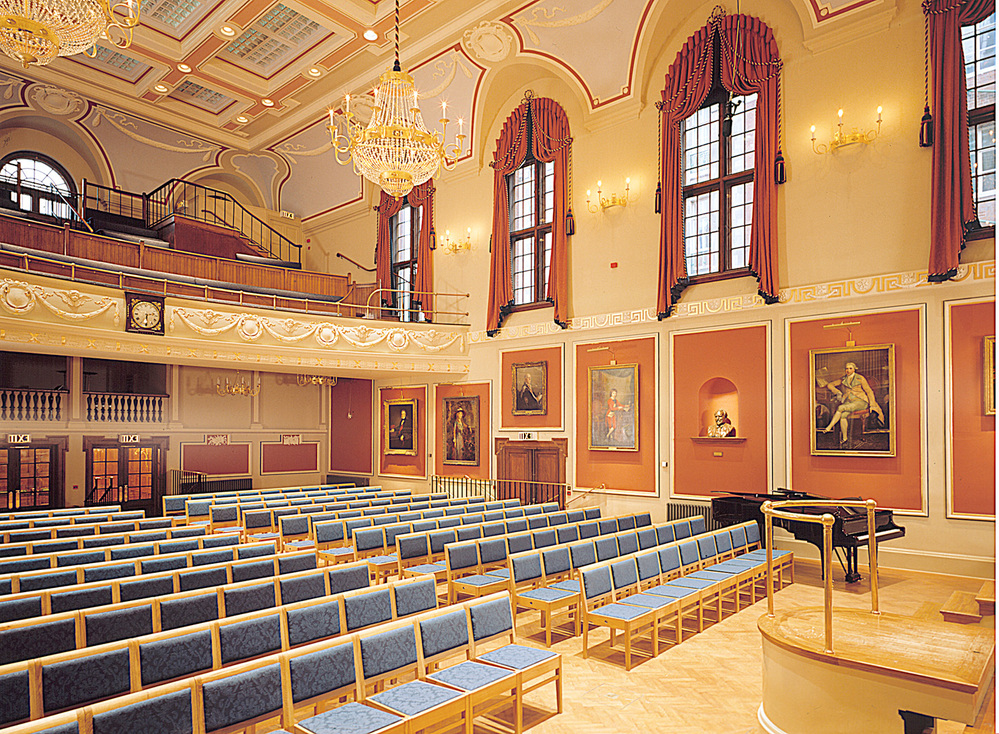
Luke Hughes’ chair dollies are essential for moving or storing stacking chairs safely and easily. Our chair dollies are designed to fit specific styles of the chairs we make to ensure that the rake angle enables the chair stack to rise as vertically as possible without overloading the lower chairs in the stack. Each dolly is fitted with four heavy-duty rubberised castors, two of which can be locked, and allow for easy, quiet movement over solid floors.
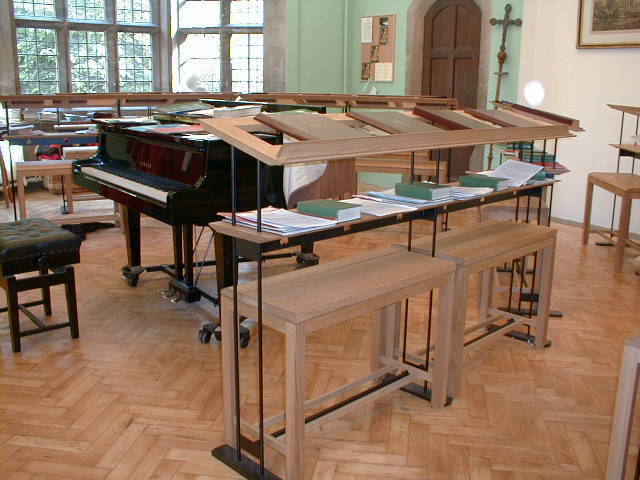
Where can Luke Hughes’ musician chairs be found?
The small but mighty Wong Avery Gallery in the centre of Trinity Hall’s Avery Court, Cambridge, was designed by Níall McLaughlin Architects as a music practice space for students at the college. Our LH-42 chairs were an obvious choice for the space in a bespoke lime wash finish that complements the stone construction of the building perfectly. The Wong Avery Gallery is built in light British stone in a contemporary style, contrasting pleasingly with the traditional architecture of Trinity and Clare colleges that surrounds it. We wanted to highlight the monastic quality of the stonework with a set of chairs that not only fit seamlessly into the space, but that could be removed at a moments notice; the LH-42 chair can be stacked and moved easily on a dolly or music chair rack.
